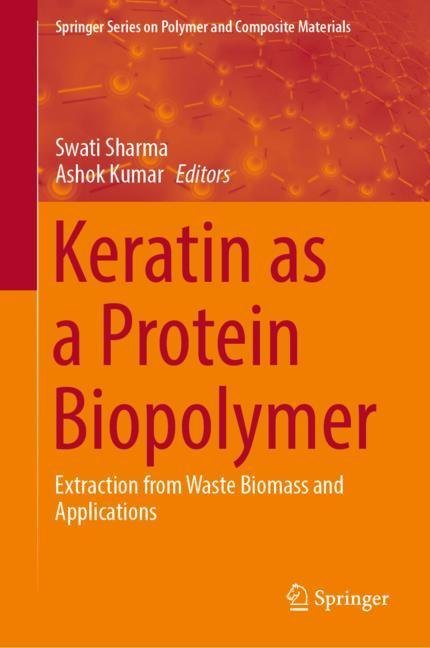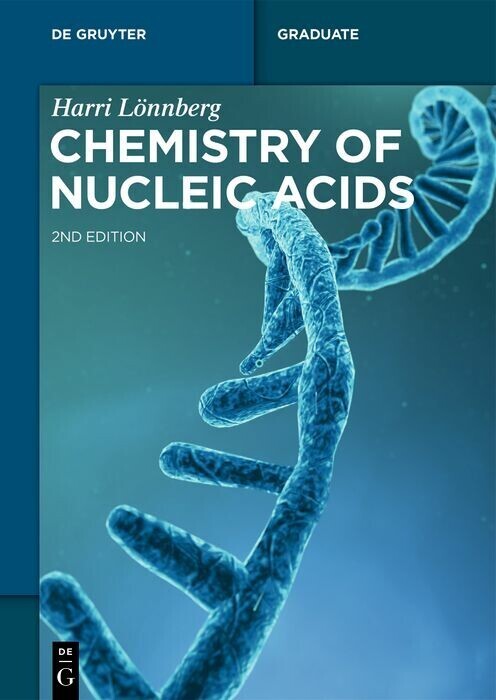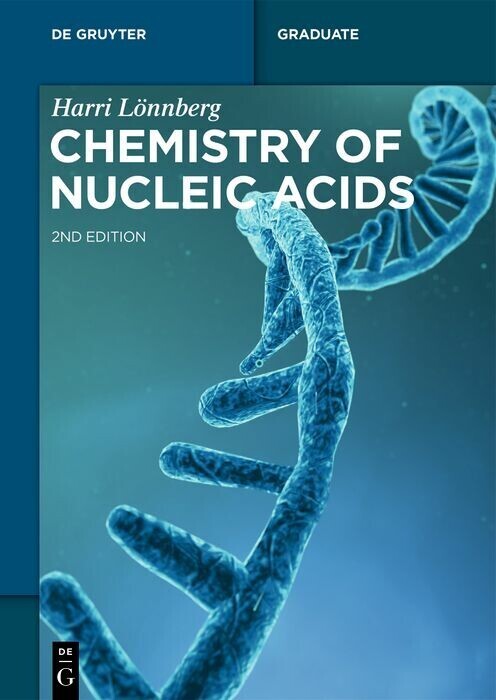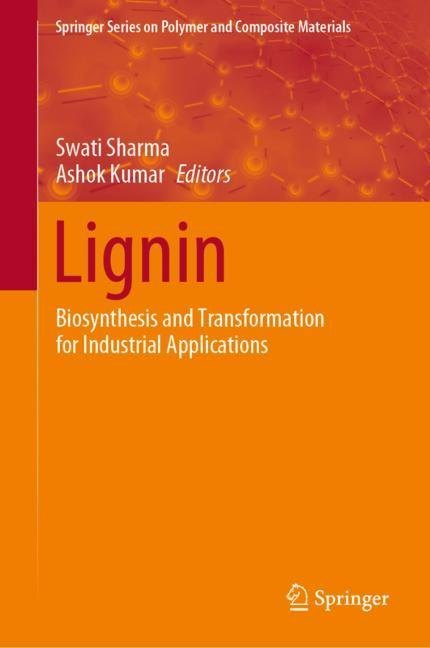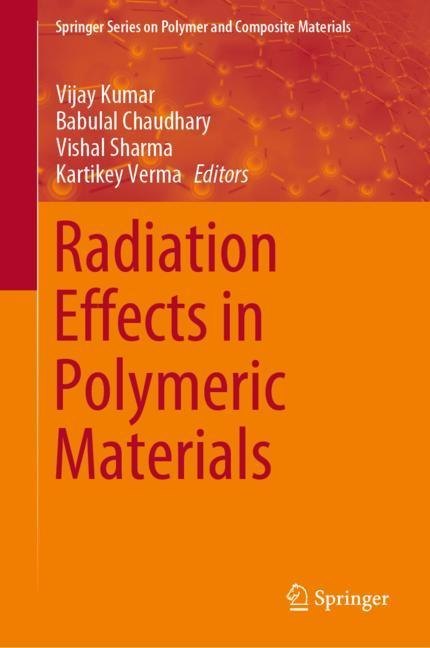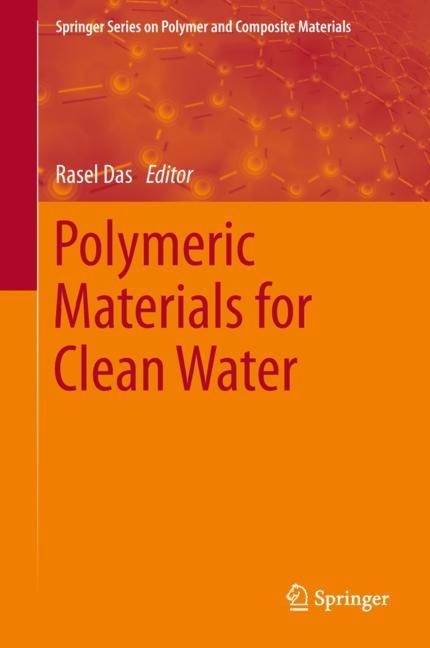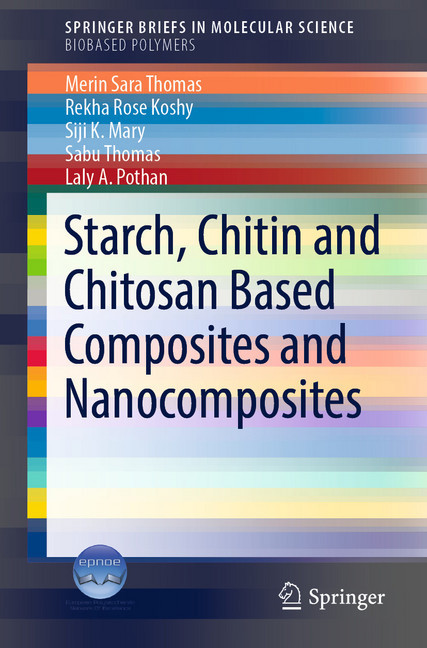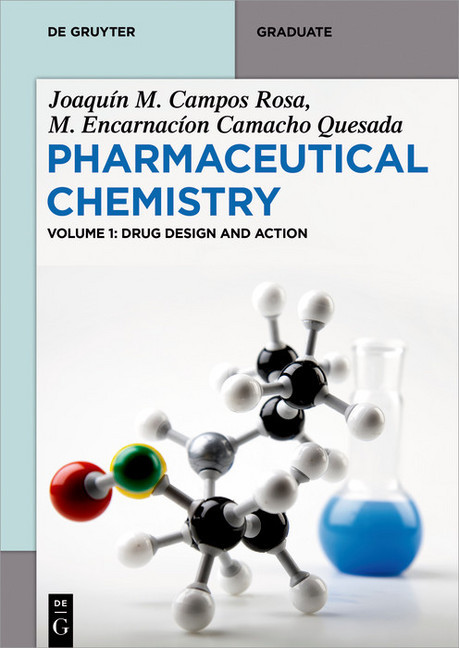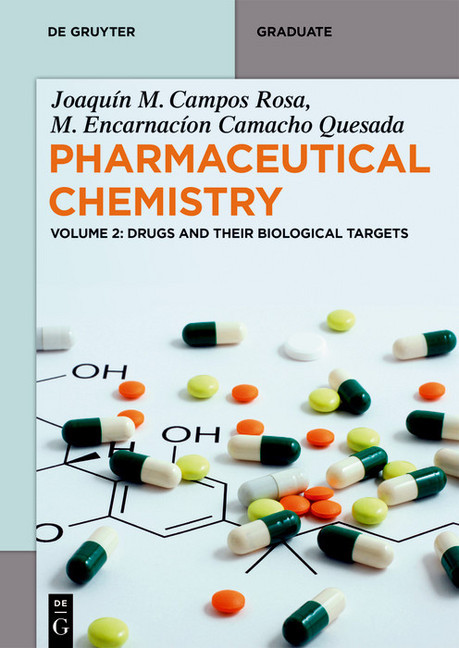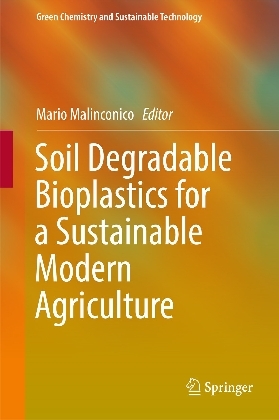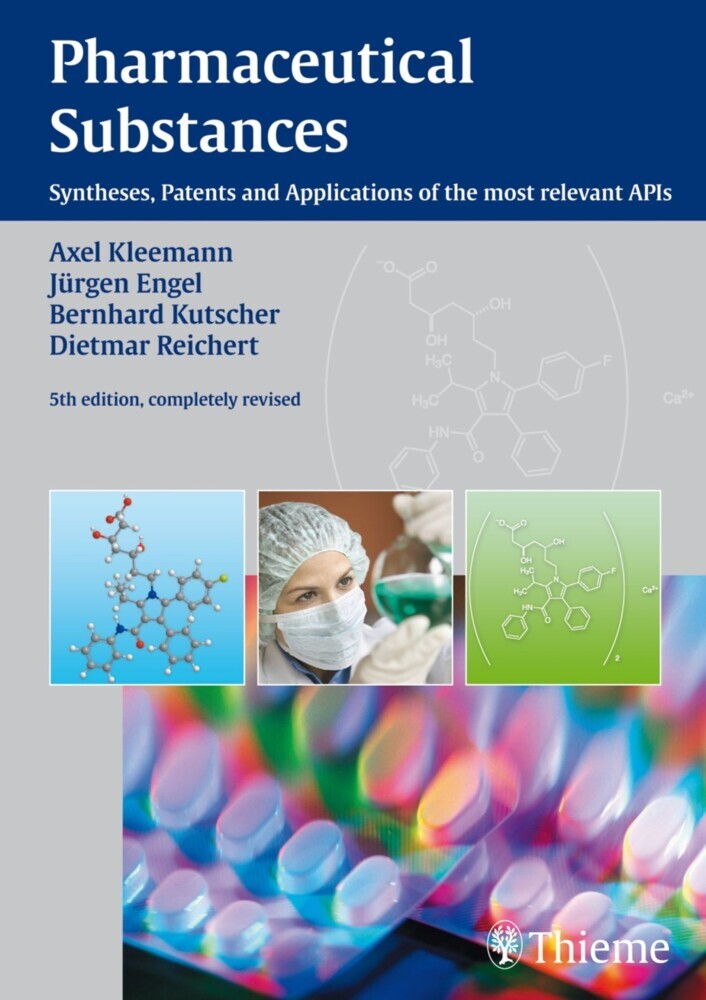Keratin as a Protein Biopolymer
The main aim of this book is to highlight the unique features of keratin and to update readers with the possible prospects to develop various value-added products from keratins. The book is highly interesting to researchers working in industry and academia on bioproducts, tissue engineering, biocomposites, biofilm, and biofibers.
Dr. Swati Sharma has completed her PhD. from University Malaysia Pahang, Malaysia in 2018. She worked as a visiting researcher in college of life and environmental sciences at Konkuk University, Seoul South Korea. Dr. Sharma has completed her masters (M.Sc.) in 2013 from Dr. Yashwant Singh Parmar University of Horticulture and Forestry, Nauni Solan H.P. India. She has also worked as program co-coordinator at Himalayan action research center Dehradoon and Senior research fellow at India agricultural research institute in 2013-2014. Dr. Sharma has published her research papers in reputed international journals. Presently, Dr. Sharma's research is in the field of bioplastics, hydrogels, keratin nanofibres and nanoparticles, biodegradable polymers and polymers with antioxidant and anti-cancerous activities and sponges.
Dr. Ashok Kumar, is working as an Assistant professor in Department of Biotechnology and Bioinformatics, Jaypee University of Information Technology, Waknaghat, Solan, Himachal Pradesh, India. He has completed his Ph.D. in Biotechnology from Department of Biotechnology, Himachal Pradesh University, Summer Hill, Shimla, India in 2013. He worked as a post-doctoral fellow in State Key laboratory of Agricultural Microbiology, Huazhong Agricultural University, Wuhan China for two years, 2014-2016. He also worked as Post Doctoral research associate at Konkuk University Seoul South Korea for 2016-2017. Dr. Ashok has keen interest in enzyme immobilization, biomaterials, biopolymers, nanobiotechnology, biocatalysis, waste management, biomass degradation, biofuel synthesis, gene cloning, characterization and biotransformation. Dr. Ashok has published 44 research papers in various internationally reputed journals and 11 book chapters.
1;Preface;6 2;Contents;8 3;About the Editors;9 4;Abbreviations;11 5;1 Keratin: An Introduction;14 5.1;1 Introduction;15 5.2;2 Chemical Composition and Occurrence of Keratin;17 5.3;3 Keratin Sources;18 5.4;4 Applications of the Keratin Protein;19 5.5;5 Conclusion;24 5.6;References;25 6;2 Keratin Production and Its Applications: Current and Future Perspective;32 6.1;1 Introduction;33 6.2;2 Structure and Classification of Keratin;34 6.2.1;2.1 ?- and ?-Keratins;34 6.3;3 Sources of Keratin;36 6.3.1;3.1 Feather, Beaks, Wool, and Hair;36 6.3.2;3.2 Stratum Corneum, Horns, and Hooves;37 6.3.3;3.3 Epidermis of Testudines and Nails;38 6.4;4 Various Methods Used for the Keratin Production and Degradation;38 6.4.1;4.1 Hydrolysis of ?- and ?-Keratins by Bacterial Cultures;38 6.4.2;4.2 Production of Keratin Using Alkaline Hydrolysis;39 6.4.3;4.3 Solid-State Fermentation (SSF) for Keratin Degradation;41 6.5;5 Industrial and Clinical Applications of Keratins;41 6.5.1;5.1 Alkali and Hydrothermal Treatment;42 6.5.2;5.2 Use of Keratin in Leather Industries;42 6.5.3;5.3 Keratin in Drug Delivery System;42 6.5.4;5.4 Keratin in Surgery and Repairing;43 6.6;6 Conclusion and Important Aspects;43 6.7;References;44 7;3 Extraction and Characterization of Keratin from Different Biomasses;48 7.1;1 Introduction;49 7.2;2 Keratinous Biomasses Availability;50 7.3;3 Extraction Methods Based on Protein Denaturation;52 7.3.1;3.1 Reductive Methods;52 7.3.2;3.2 Oxidative Methods;56 7.3.3;3.3 Methods Based on Sulphitolysis;57 7.4;4 Comparison of Keratins Obtained from Different Biomasses;59 7.5;5 Extraction Methods Based on Protein Degradation;60 7.5.1;5.1 Alkaline Extraction;60 7.5.2;5.2 Enzymatic and Microbial Methods;66 7.5.3;5.3 Dissolution in Ionic Liquids;73 7.5.4;5.4 Other Green Methods;77 7.6;6 Conclusion;81 7.7;References;83 8;4 Keratin Processing;90 8.1;1 Keratin Solutions;90 8.2;2 Casting;97 8.2.1;2.1 Solvent Cast Process;97 8.2.2;2.2 Keratin Films;99 8.2.3;2.3 Improving Keratin Films Properties: Crosslinking and Blending;102 8.2.4;2.4 Keratin Films Applications: Focus on Biomedical Field;104 8.3;3 Foaming and Freeze-Drying;106 8.3.1;3.1 Foam Technology and Lyophilization;106 8.3.2;3.2 Keratin Sponges Characterization;107 8.3.3;3.3 Effects of Freeze-Drying Conditions on Keratin Sponges;108 8.3.4;3.4 Keratin Sponges: Not Only Lyophilization;110 8.3.5;3.5 Keratin Sponges Applications: Focus on Biomedical Field;110 8.4;4 Spinning;112 8.5;5 Electrospinning;114 8.5.1;5.1 Keratin Nanofibers for Biomedical Applications;116 8.5.2;5.2 Keratin Nanofibers for Filtration and Pollutant Removal;118 8.6;6 Chemical Modifications;120 8.7;7 Conclusions;125 8.8;References;125 9;5 Degradation of Keratin Biomass by Different Microorganisms;135 9.1;1 Introduction;136 9.2;2 Structure and Chemical Composition of Keratin;137 9.3;3 Keratin Degradation by Microorganisms;138 9.3.1;3.1 Degradation by Bacteria;138 9.3.2;3.2 Degradation by Fungi;146 9.3.3;3.3 Degradation by Actinomycetes;148 9.4;4 Mechanism of Keratin Degradation by Microorganisms;149 9.5;5 Keratinases;150 9.5.1;5.1 Overview on Production of Keratinase;150 9.5.2;5.2 Optimization of Production of Keratinase;152 9.5.3;5.3 Effect of Mutation on Keratinase-Producing Microorganisms;153 9.5.4;5.4 Effect of DNA Recombinant Technology on Keratinase-Producing Microorganisms;153 9.5.5;5.5 Physicochemical Properties of Keratinases;154 9.6;6 Applications of Keratinases;157 9.6.1;6.1 Keratin Waste Management;157 9.6.2;6.2 Animal Feed Production;158 9.6.3;6.3 Production of Nitrogen Fertilizer/Biofertilizer;159 9.6.4;6.4 Leather Processing Industry;160 9.6.5;6.5 Detergent Industry;161 9.6.6;6.6 Textile Industry;162 9.6.7;6.7 Cosmetic and Pharmaceutical Applications;163 9.6.8;6.8 Nanobiotechnology and Other Applications of Keratinases;164 9.7;7 Conclusion;165 9.8;References;165 10;6 Keratin as a Biopolymer;175 10.1;1 Introduction;176 10.2;2 Structure and Characteristics;177 10.3;3 Sources of Keratin;177 10.4;4 Extraction of Keratin;180
| ISBN | 9783030029012 |
|---|---|
| Artikelnummer | 9783030029012 |
| Medientyp | E-Book - PDF |
| Copyrightjahr | 2019 |
| Verlag | Springer-Verlag |
| Umfang | 235 Seiten |
| Sprache | Englisch |
| Kopierschutz | Digitales Wasserzeichen |

